*Disclaimer: I am not a doctor! This information is not meant to diagnose or treat*
We’ve all heard the line “Stress Kills.” Well, it’s not wrong. Chronically elevated cortisol disrupts the endocrine system balance.
The Endocrine System is all about hormones which are the communicators of the entire body! Hormones help regulate metabolism and energy balance, chemical compounds and cellular fluid, glandular secretions, growth, and development, they govern the reproductive system and even have some immune system activities.
Endocrine 101
The endocrine system and glands consist of the pituitary and pineal glands, thyroid and parathyroid gland, thymus, adrenals, pancreas, ovaries and testes and your adipose tissue (yup, your body fat).
The major players are:
-
- the pituitary
- the adrenals
- thyroid
- sex organs
The thyroid is the primary regulator of metabolism. Thyroid hormones regulate everything from oxygen use, base metabolic rate, cellular metabolism to the nervous system.
Thyroid hormones also increase the use of glucose for ATP (energy) production, increase lipolysis (burning fat as fuel) and enhance cholesterol extraction which reduces blood cholesterol levels! Thyroid hormone production begins in the pituitary gland which secretes TSH (thyroid-stimulating hormone), which goes to the thyroid and from there is converted into T4 and T3. T4 is an inactive form and T3 is the active form of thyroid hormone, every cell in the body has a T3 receptor. The thyroid is very sensitive to stressors and toxins!
The Adrenal glands produce two hormones, glucocorticoids, and mineralocorticoids. Glucocorticoids, such as corticosterone and cortisol, have numerous effects and can act on nearly all cells in the body (Taves,et al 2011). Glucocorticoids regulate blood sugar and inflammation they play an important role in the fight or flight mechanism. Mineralocorticoids regulate mineral balance, especially sodium and potassium. The adrenals, as a secondary function also produce sex hormones.
The sex organs and glands produce sex hormones which are steroid hormones. (estrogen and progesterone for women in the ovaries, testosterone in the testes for men). Cholesterol is the precursor of the five major classes of steroid hormones: progestogens, glucocorticoids, mineralocorticoids, androgens, and estrogens (Biochemistry, 5th edition).
The Stress Response
Hey, we can’t avoid stress all the time and our bodies are pretty good at counteracting normal stress, the kind that doesn’t mess with our normal physiological limits. Homeostasis maintained! Stress can come in many forms, physical, emotional, real or perceived. When stress is extreme or it is long lasting it will elicit a stress response that has three stages.
For first and most popular, fight or flight. During fight or flight, the HPA axis (hypothalamus, adrenals, pituitary) quickly mobilize resources. Glucose and oxygen are dumped into your system. Think quick fuel (to run for your life or fight), oxygen to breathe and even sodium retention. Yup, your body is preemptively retaining water and salt, just in case you bleed a lot. Thanks, body! Good looking out! That water retention could explain hand swelling during workouts or long walks, especially for those of us with a system already under stress from an autoimmune disease or other factors.
The second phase of the stress response in the resistance reaction. This phase of the stress response is initiated by several hormones. Corticotropin-Releasing Hormones (CRH), Growth Hormone Releasing Hormone (GHRH) and Thyrotropin Releasing Hormone (TRH)… anyone else find these hormone names redundant? (joking!).
Anyway, the short of it is that CRH gets the pituitary to release ACTH (adrenocorticotropic hormone) which gets the adrenals to release cortisol. Cortisol gets the liver to turn glycogen back to glucose, breakdown triglycerides to fatty acids and catabolize proteins into amino acids.
All this readily available fuel in the form of glucose, fatty acids and aminos acids are used to produce ATP (Adenosine Triphosphate). ATP equal energy! Adenosine Triphosphate is the primary energy carrier in all living things! Other than producing ATP these raw materials are used to repair cells. A bonus, cortisol reduces inflammation.
Next, the GHRH gets the pituitary to release Human Growth Hormone (which is great for maximizing lean muscle mass). HGH acting via insulin-like growth factors breakdown triglycerides and glycogen. Lastly, TSH promotes secretion of thyroid hormones which increase the use of glucose for ATP (more energy)!
Both HGH and TSH pump metabolically active cells full of ATP. I mean, this is all good stuff. It’s a lot of energy release and energy use! Fat is being burned, protein is building and repairing, glycogen is being used up. While all this is really awesome, in this resistance reaction state, these functions meant to get us through a stressful period, will eventually deplete (Tortora, et al).
However, when we push our bodies too far, staying in this resistance reaction phase too long, or of our body is unable to overcome the stress, we reach the last phase of the stress response: exhaustion. This phase comes with many side effects to include muscle disparaging, gastrointestinal ulceration, immune system suppression and more.
Read more: Three Ways Chronic Stress Throw Off Endocrine Balance
References:
Extra-adrenal Glucocorticoids and Mineralocorticoids
Important Derivatives of Cholesterol Include Bile Sales and Steriod Hormones
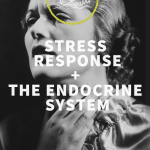
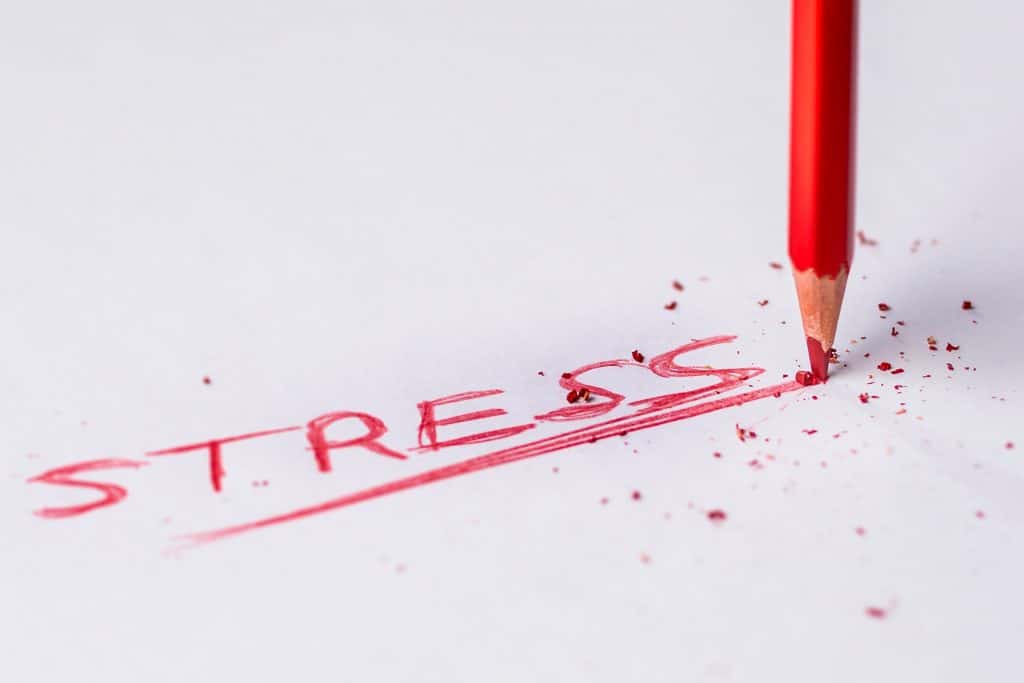

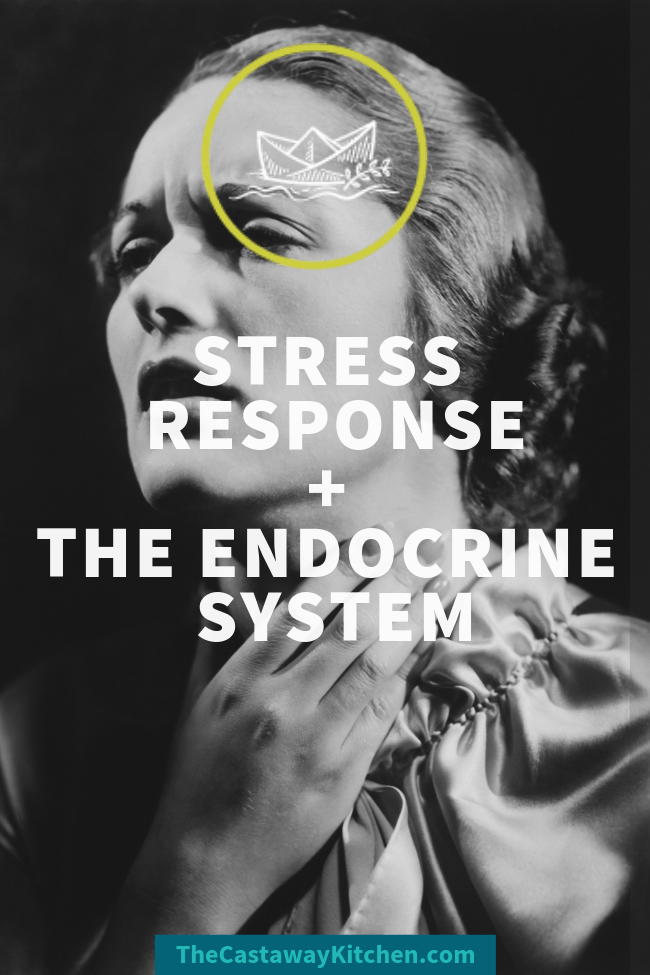
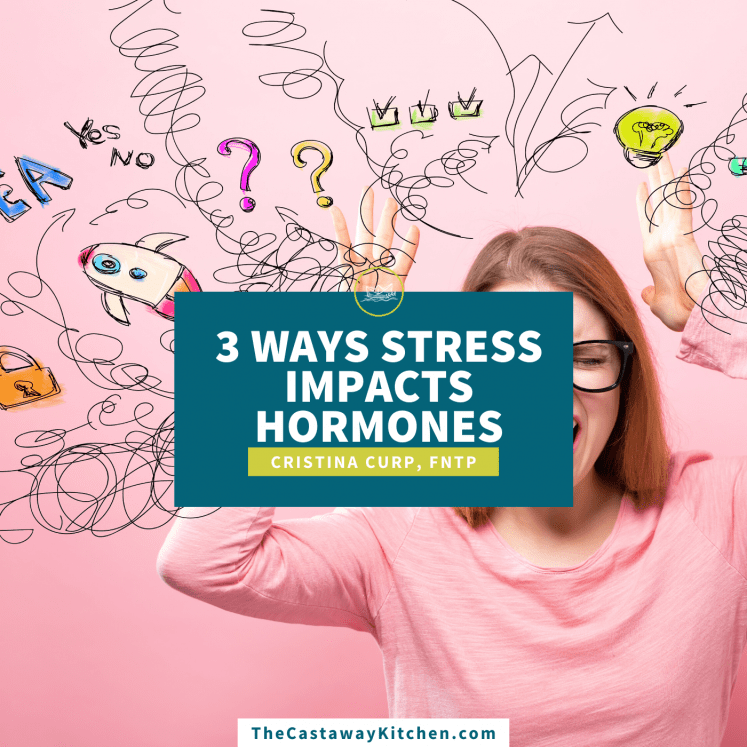


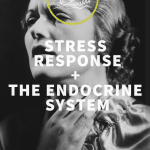
Leave a Comment